In reading groups, students have been reading many information reports with similar information. For example, wētā have only one defensive mechanism - they nip. (They do have some armour in the form of an exoskeleton.) Kiwi has very few defense mechanisms, just their sharp beak and claws. Neither of these animals can escape by using speed and flying away - they are flightless.
Students were tasked with representing one or more of these defence mechanisms in such a way that their chosen animal might survive a virtual battle. They were inspired by the ‘battle bots’ they had seen on TV and thought they could make their own versions using Sphero robots here at school. A Sphero is a programmable robot ball that helps students learn fundamental STEAM concepts through play-based tasks. STEAM stands for Science, Technology, Engineering, Art and Mathematics, and this task inspired the use of many of these concepts.
Students were asked to do the following, which was their success criteria for the task:
-
List all the ways animals protect themselves from predators. These are called ‘defence mechanisms’.
-
Choose an animal that you will use in battle and identify its particular defence mechanisms.
-
Use a paper cup as your animal and add defences to your cup (animal) so it can protect itself.
-
The goal is to knock over your opponent.
Two areas of science were focused on here - recognising that “there are life processes common to all living things and that these occur in different ways” (Level 3, Living World, NZ Science Curriculum) and “asking questions, finding evidence and exploring simple models.” (Level 3, Investigating in Science, NZ Science Curriculum)
Digital technology skills were on show, with students learning how to connect their Sphero to their Chromebook and mastering the controls. Anyone that knew how to connect and use the Sphero became the teacher to others with minimal experience. In Progress Outcome 1 of Designing and Developing Digital Outcomes, students “identify digital devices and their purposes and understand that humans make them. They know how to use some applications (and) they can identify the inputs and outputs of a system.” (Technology, NZ Curriculum)
The challenge was set and students had a multitude of ideas, with some threatening and dangerous looking animals emerging as they attached different objects to their cups. The glue guns were running hot. Team work was important here. Being able to collaborate, agree, and manage materials demonstrated Managing Self and Participating and Contributing within the Key Competencies of the NZ Curriculum.
Beasty is an American black bear and is an apex predator, meaning it can’t be taken down. Beasty is strong and very fast. He is known for good defending. He tracks scents. He is ready for battle.
My Battle Bot is based on the venom of the cane toad. The cane toad is in Australia. Now, the venom of the cane toad can actually cause hallucinations.
Our Battle Bot animal is a Basilog. It is a Basilisk (the snake off Harry Potter) and a hedgehog put together. It is green with yellow eyes. If you look at them, you will die. The resemblance to the hedgehog is all the spikes on its slimy body. So watch out.
We wanted to just make it simple, so we named it the Simple Elephant. The whole reason we picked an elephant was because they are wild and free and, no matter what, they protect themselves with their tusks.
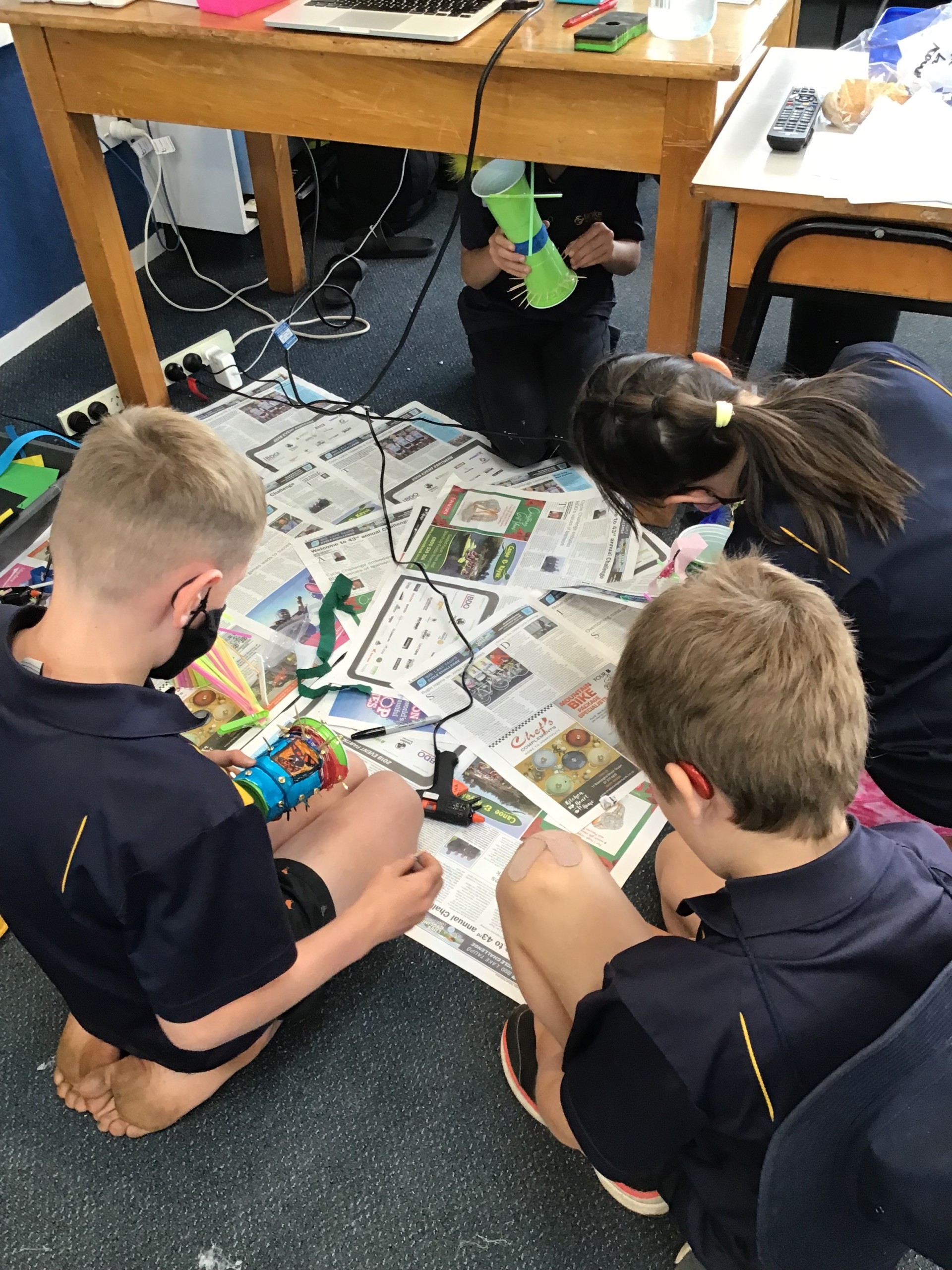
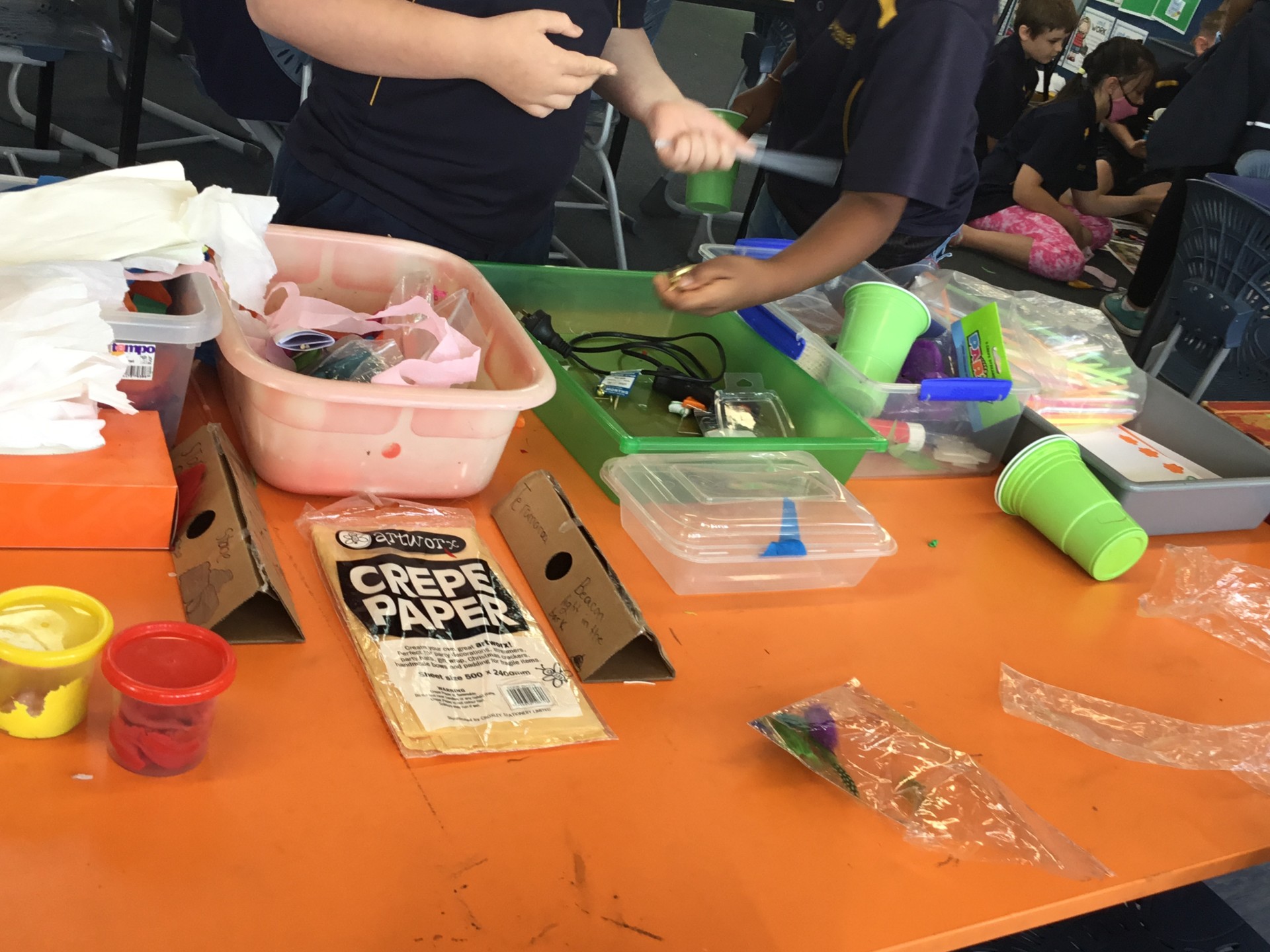
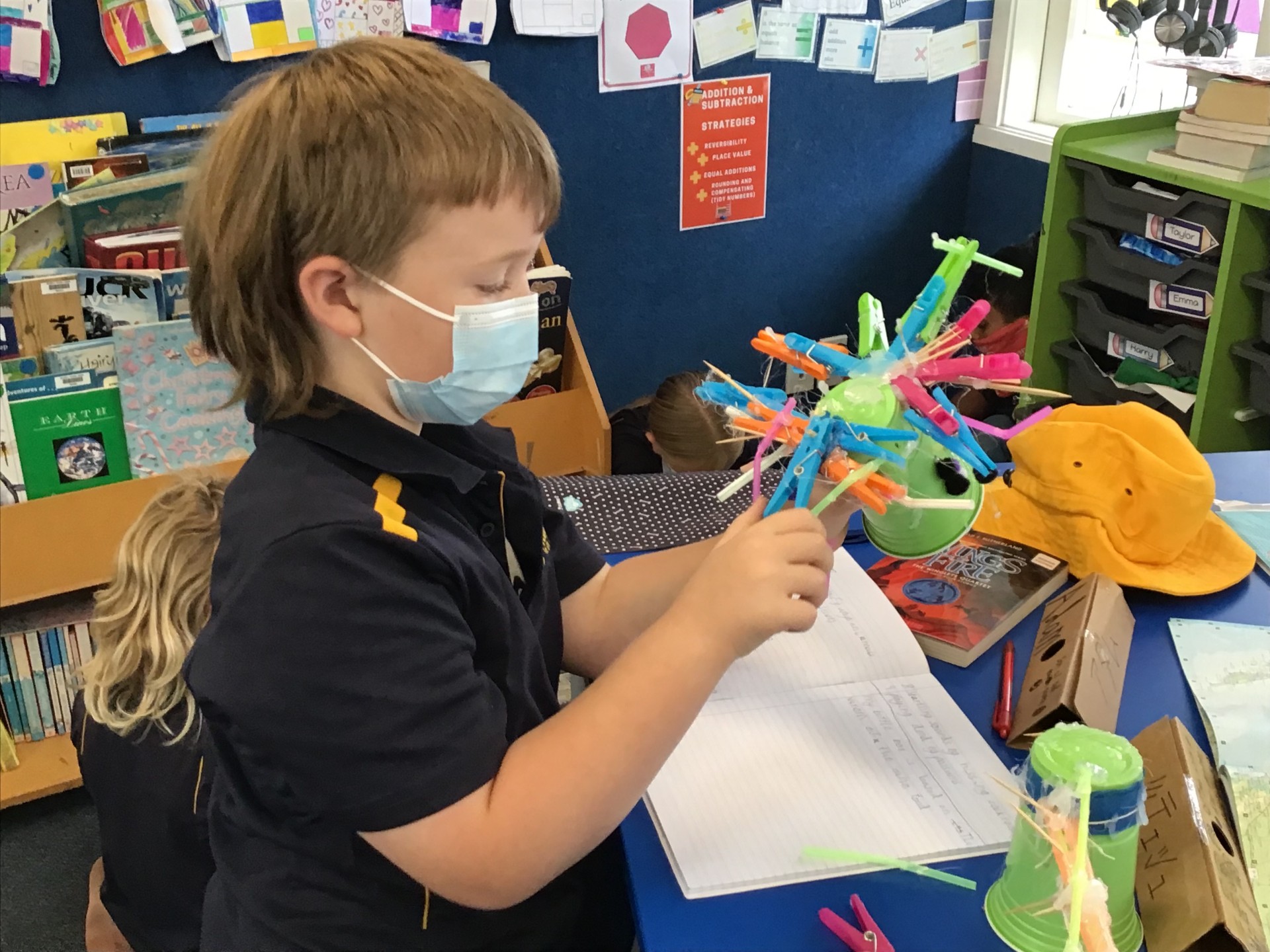
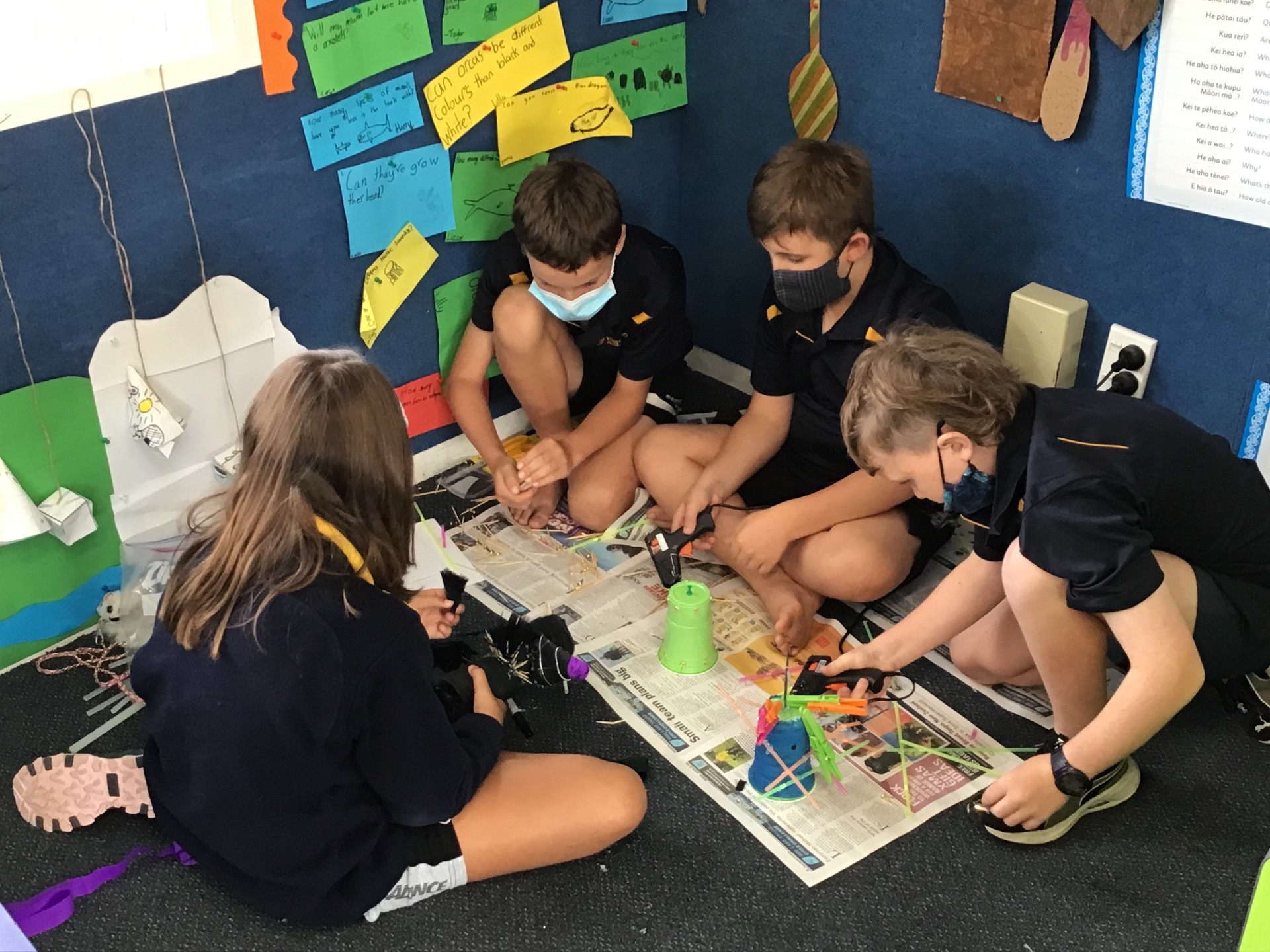
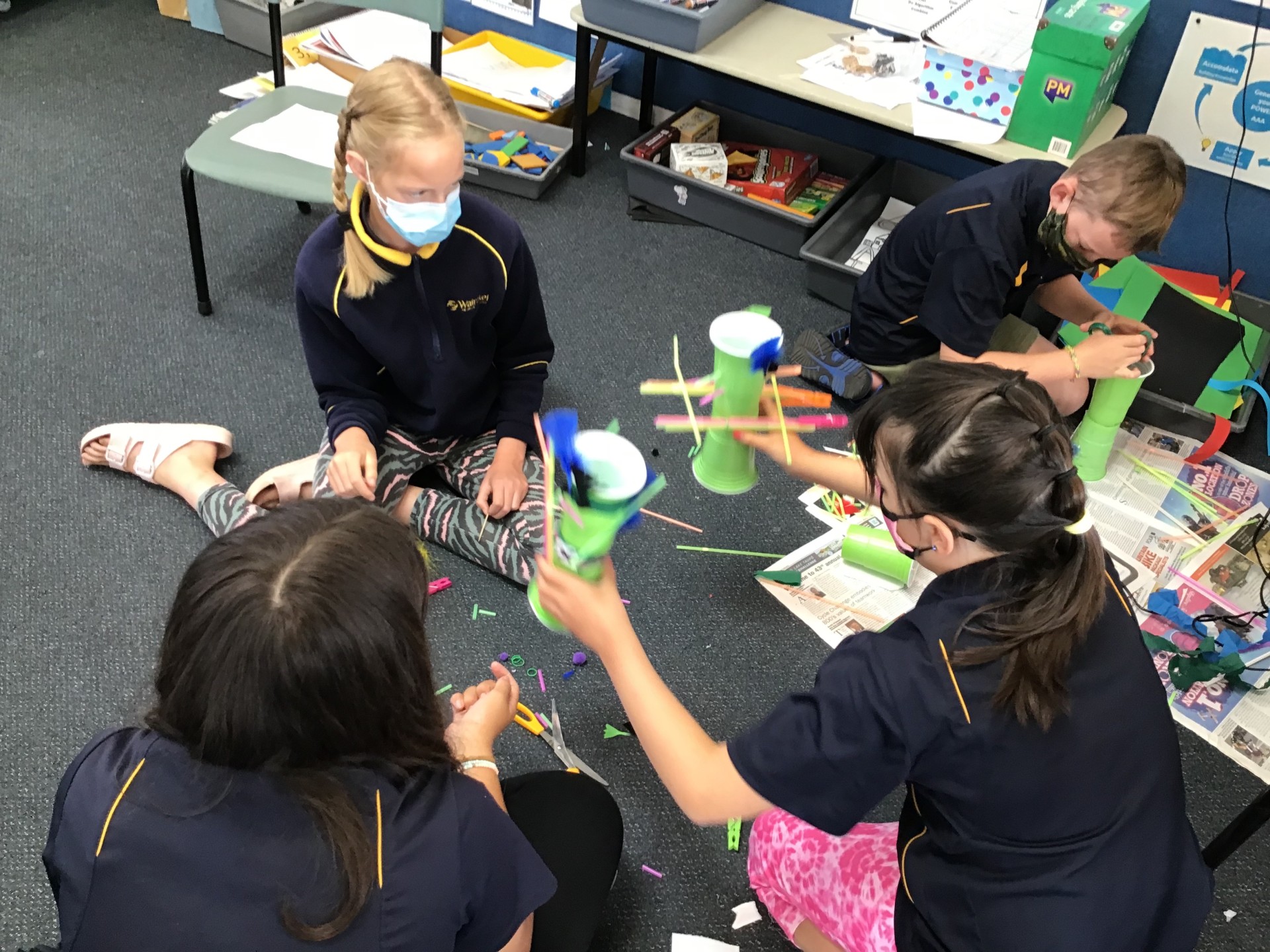
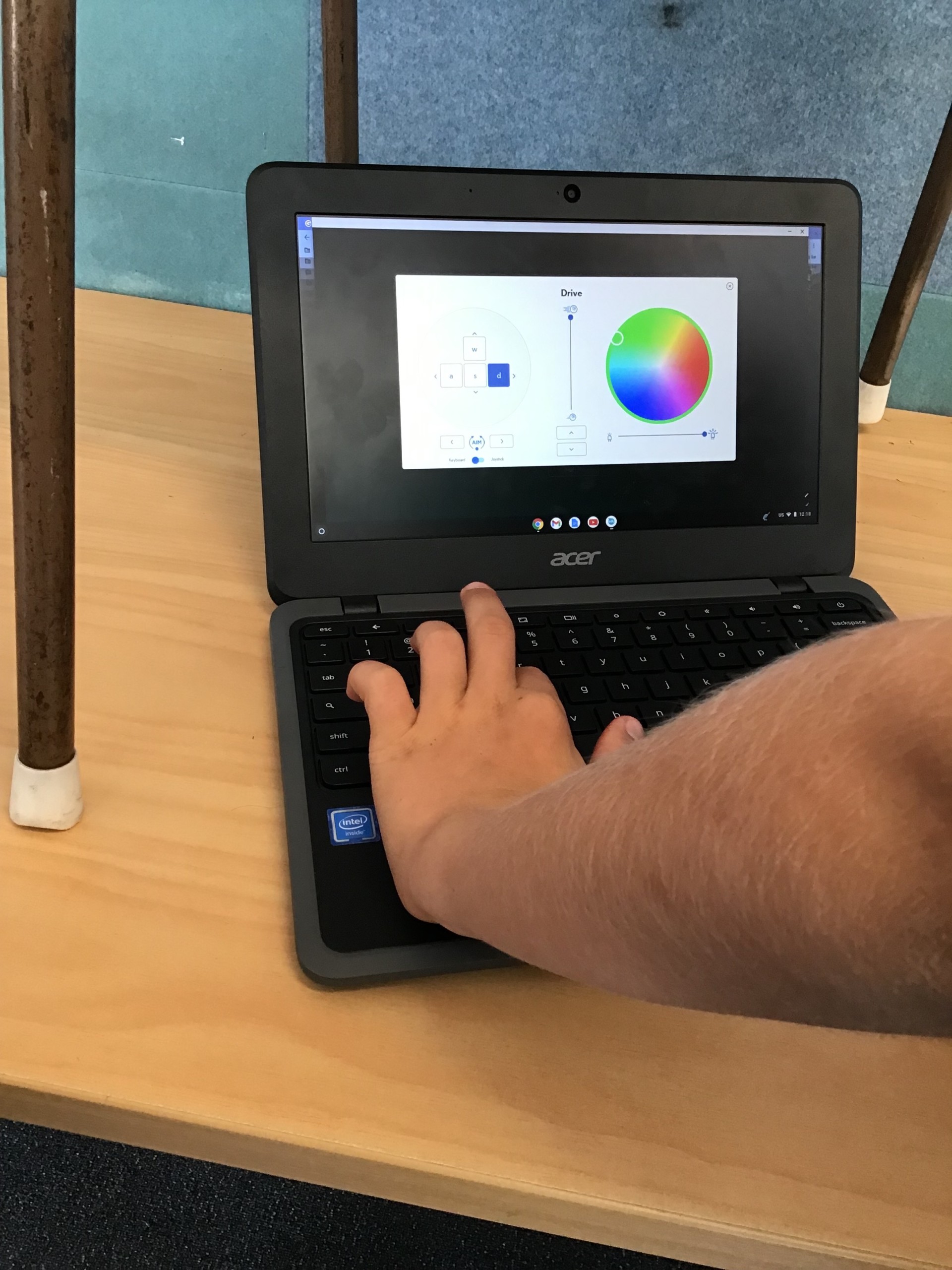
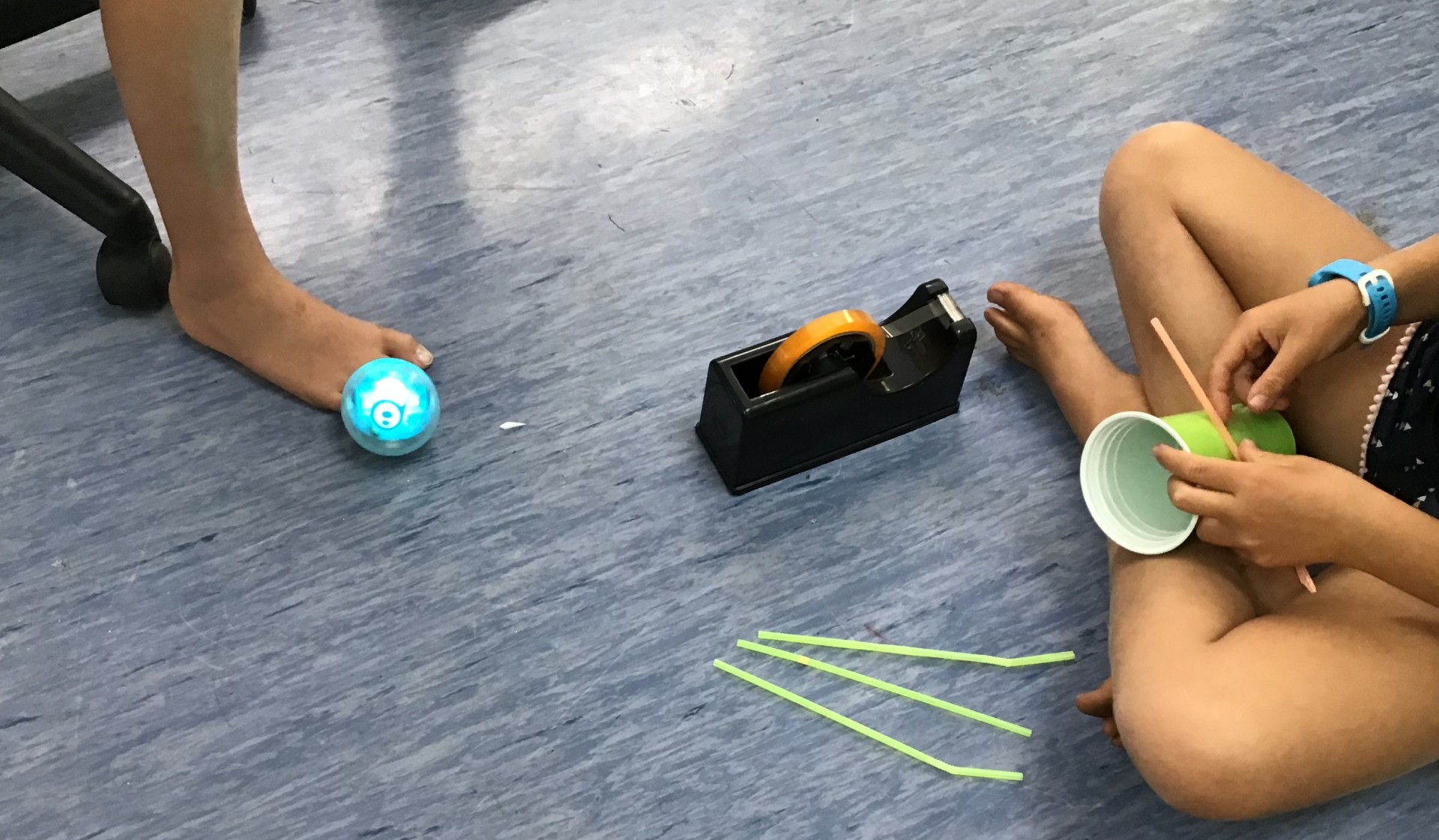
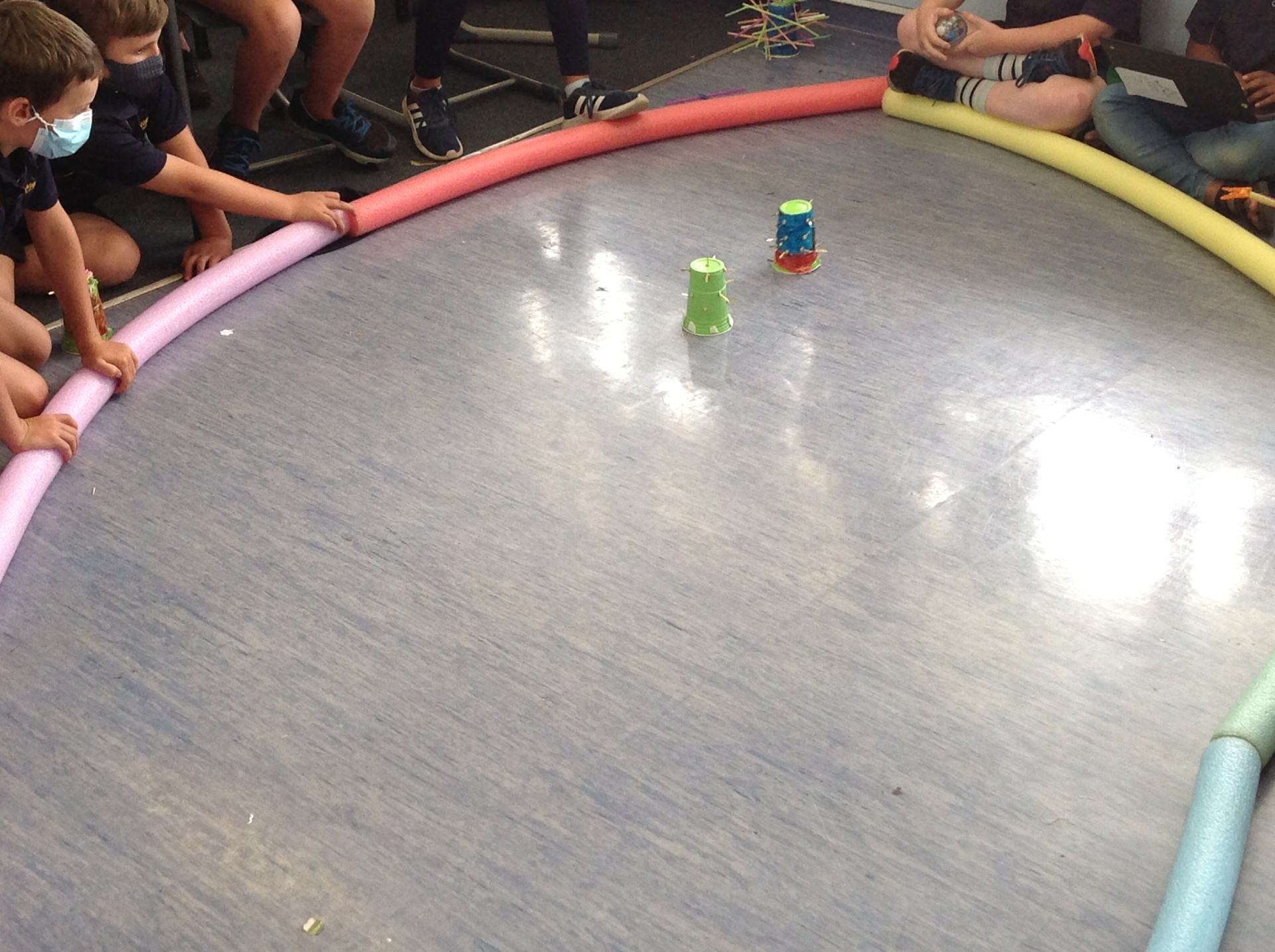
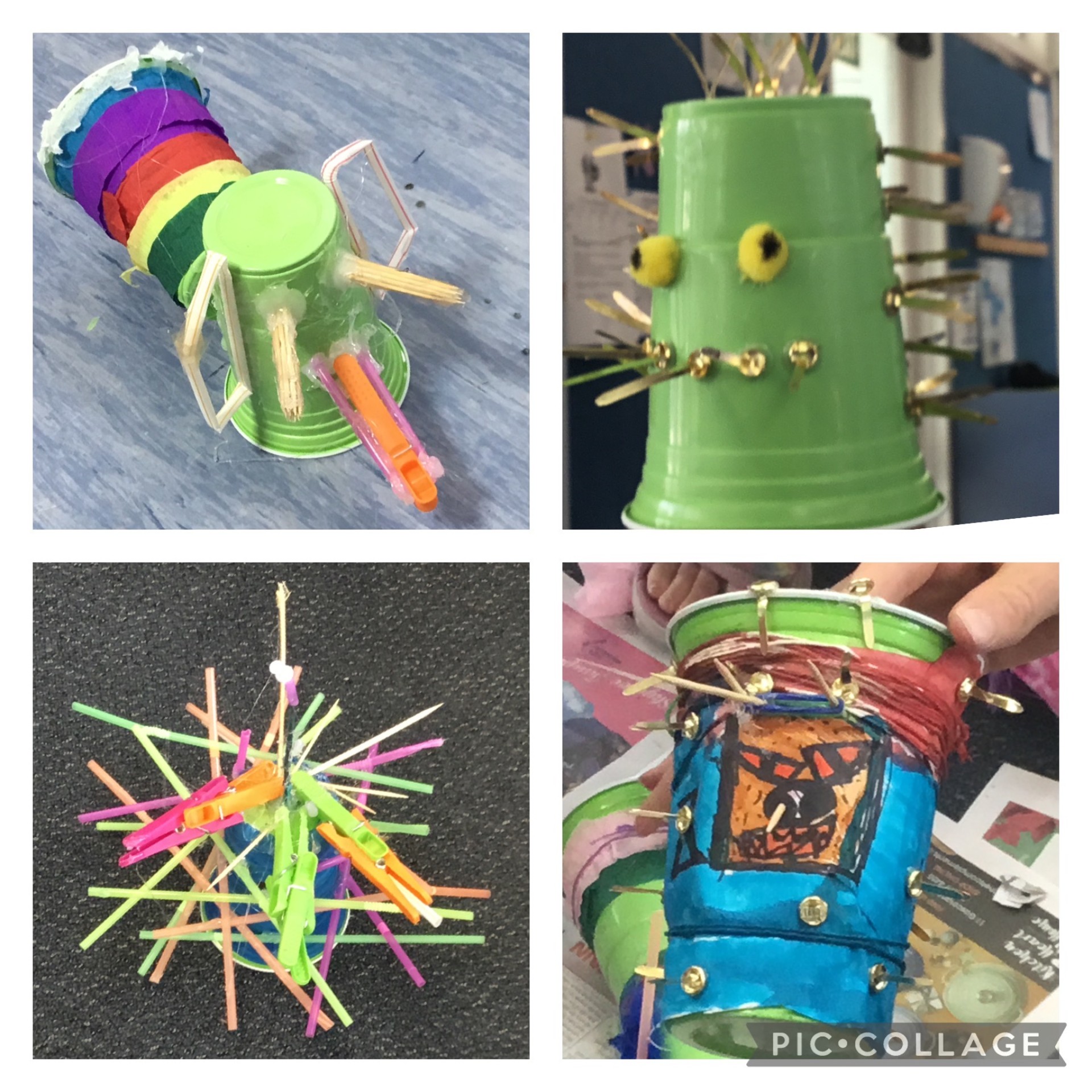
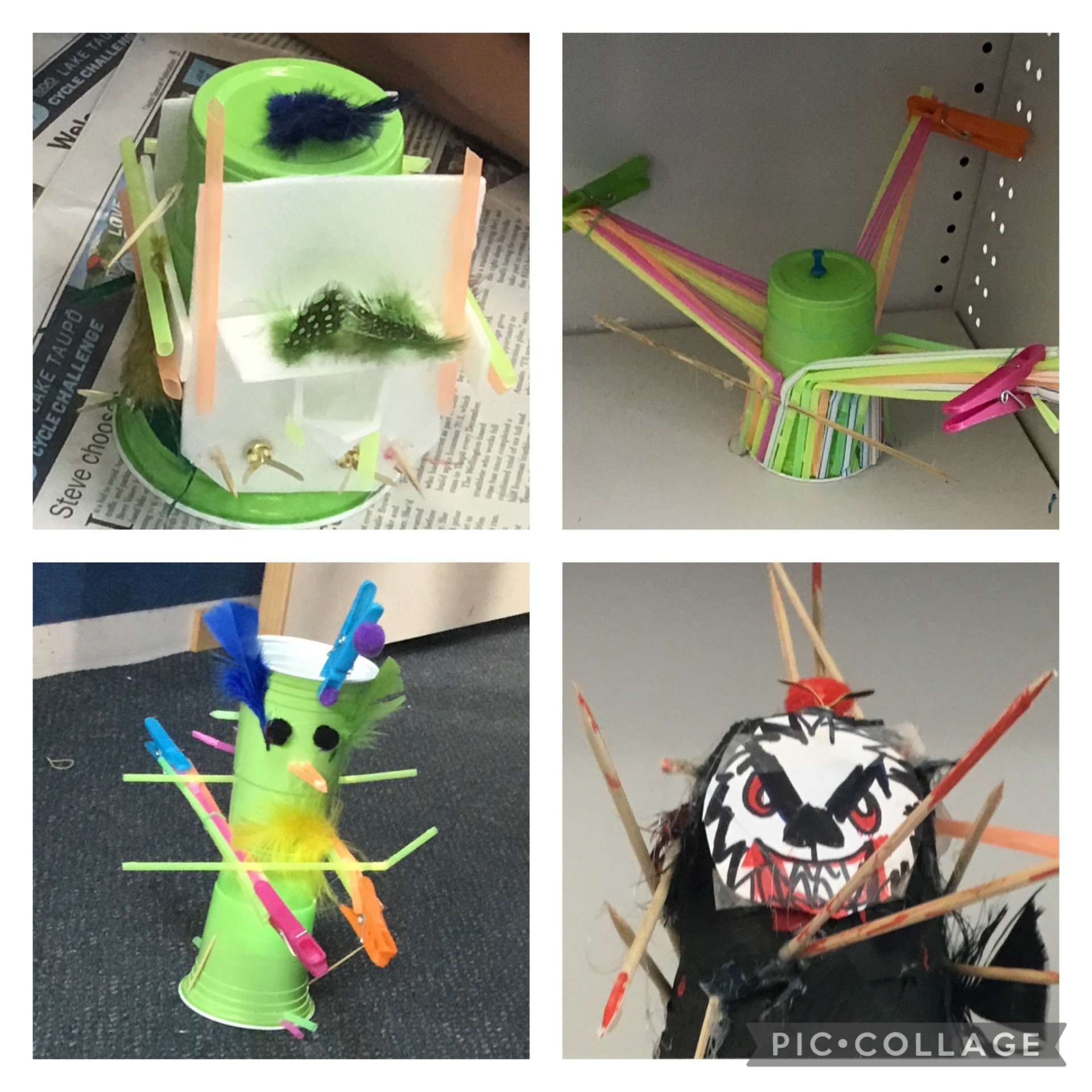

Comments are disabled for this post.